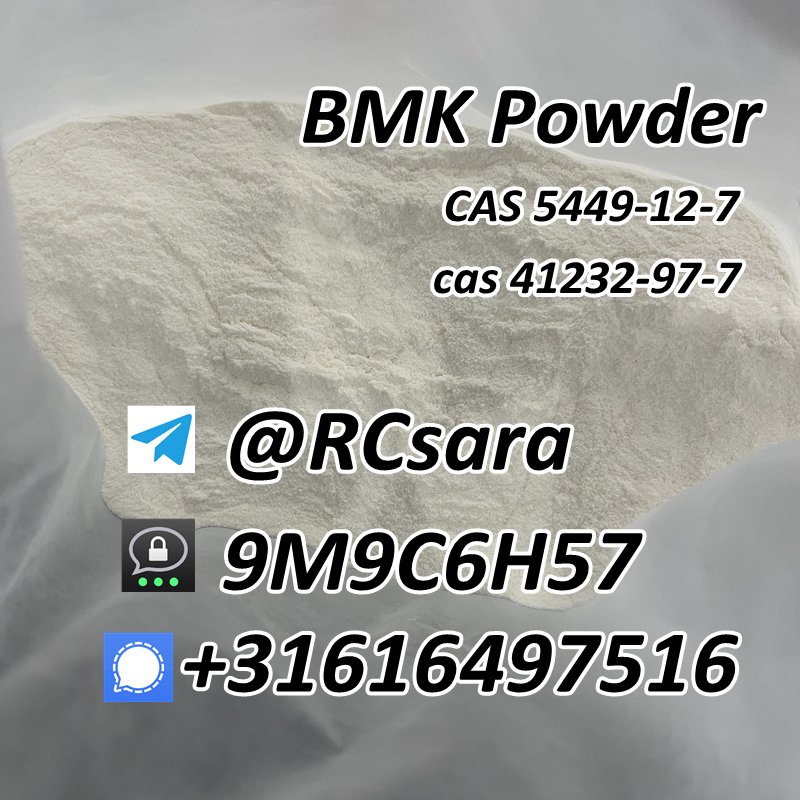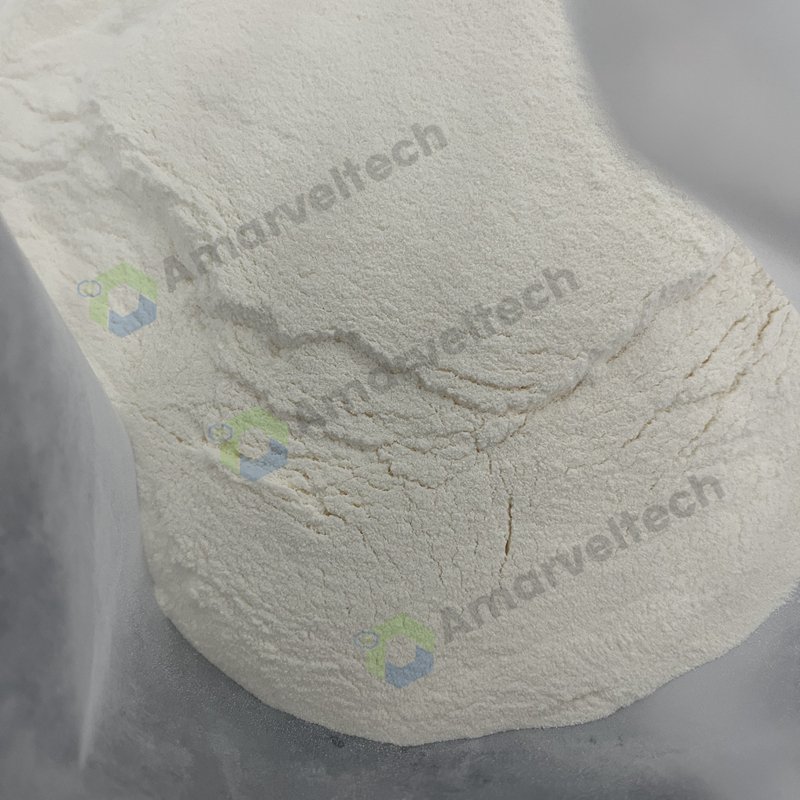Bmk Glycidic Acid (CAS 5449-12-7): Unlocking the Versatility of a Remarkable Organic Compound
Introduction:
In the realm of organic chemistry, certain compounds possess exceptional versatility and find applications in various industries. Bmk Glycidic Acid, also known by its CAS number 5449-12-7, is one such compound that has gained attention due to its unique properties and diverse range of uses. In this popular science article, we delve into the origins, extraction methods, and notable applications of Bmk Glycidic Acid, shedding light on its significance in both scientific research and industrial settings.

BMK Origins and Extraction Methods:
Bmk Glycidic Acid, with the chemical formula C9H10O5, is a synthetic compound that is derived from safrole. Safrole is a natural organic compound found in the oils of various plants, including sassafras and camphor trees. However, it is important to note that safrole is a controlled substance due to its potential use in the illicit production of MDMA (ecstasy). Bmk Glycidic Acid, on the other hand, has legitimate applications in the field of organic chemistry and is primarily synthesized in laboratories.
The extraction and synthesis of Bmk Glycidic Acid involve several steps. One common method begins with the oxidation of safrole to form isosafrole. This is followed by the formation of the glycidic acid moiety through a reaction involving potassium permanganate or other suitable oxidizing agents. The final step involves the purification and isolation of Bmk Glycidic Acid, resulting in a high-purity compound ready for use in various applications.
Bmk Glycidic Acid Applications:
- Pharmaceutical Industry:
Bmk Glycidic Acid serves as a valuable intermediate in the synthesis of pharmaceutical compounds. Its unique chemical structure allows for modifications that can enhance the biological activity, solubility, or stability of the final drugs. It is widely used as a precursor in the production of antiviral agents, analgesics, anti-inflammatory drugs, and even certain antibiotics. The compound’s versatility and reactivity make it an essential building block in drug discovery and development. - Flavor and Fragrance Industry:
Bmk Glycidic Acid finds application in the creation of flavor and fragrance compounds. Its aromatic nature and functional groups contribute to the development of complex and captivating scents. The compound is often used to produce fruity, floral, and woody fragrance notes. Additionally, it serves as a flavoring agent in the food and beverage industry, enhancing the taste profiles of various products. - Polymer Chemistry:
Bmk Glycidic Acid plays a crucial role in polymer chemistry, particularly in the synthesis of epoxy resins. Epoxy resins are versatile materials widely used in coatings, adhesives, composites, and electrical insulation. Bmk Glycidic Acid provides the necessary epoxide functionality required for cross-linking and polymerization processes. The resulting epoxy resins exhibit excellent mechanical properties, chemical resistance, and adhesion, making them valuable in numerous industrial applications. - Organic Synthesis:
Due to its reactivity and unique functional groups, Bmk Glycidic Acid is widely employed in organic synthesis. It serves as a key component in the construction of complex organic molecules, such as chiral compounds and building blocks for natural product synthesis. The compound participates in various reactions, including esterifications, condensations, and ring-opening reactions, allowing chemists to access a wide range of structurally diverse compounds. - Agrochemicals:
Bmk Glycidic Acid finds application in the development of agrochemicals, including herbicides and insecticides. By modifying its chemical structure and introducing specific functional groups, scientists can create compounds that target specific pests or weeds while minimizing environmental impact. The compound’s versatility and compatibility with other agrochemical ingredients make it an important component in the formulation of effective crop protection products.
Bmk Glycidic Acid Conclusion
Bmk Glycidic Acid, with its remarkable versatility and diverse range of applications, has emerged as a significant compound in the field of organic chemistry. Its synthesis from safrole and subsequent use in various industries highlights the compound’s potential in pharmaceuticals, flavor and fragrance creation, polymer chemistry, organic synthesis, and agrochemicals. As scientists continue to explore its properties and discover new applications, Bmk Glycidic Acid will undoubtedly contribute to advancements in multiple fields. Its unique structural features, reactivity, and compatibility make it an invaluable building block for the creation of novel compounds and materials.

